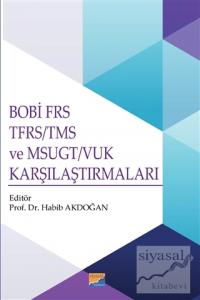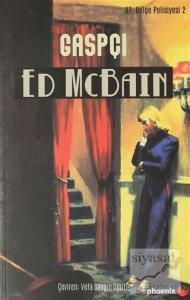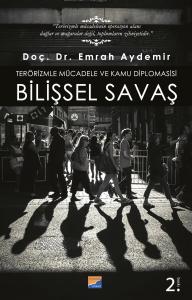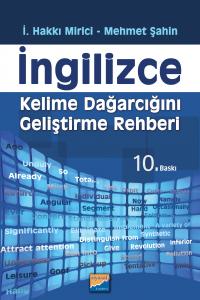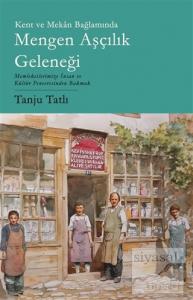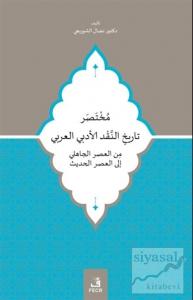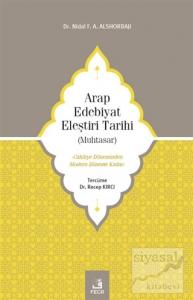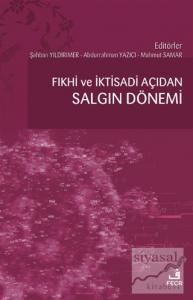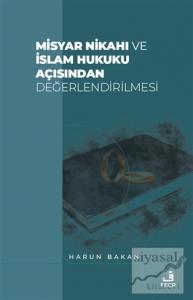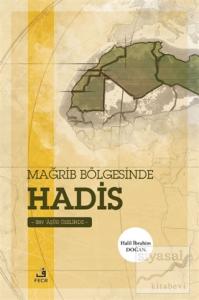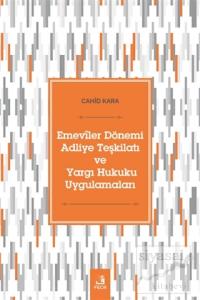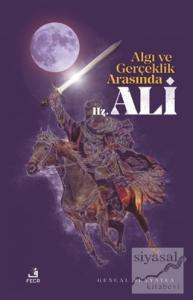
The book “Teaching with Guided Imagery Activities” aims to provide the teachers with recommendations to create nontraditional activities for classroom usage. The term “imagery” refers to mental images/pictures/animations that students experience in their minds. The term “guided”, on the other hand, modifies these mental images in that they are developed by the students in guidance of the teacher. These images are created voluntarily, therefore different from the other types of images that involuntarily come into students' minds especially during class time. Typically, the teacher describes an imaginative scenario and the students try to imagine it in their minds. The teacher loads cognitive contents related to the lesson into these imaginings. The main aim of the teacher in using these activities is to facilitate the students' learning.
The book “Teaching with Guided Imagery Activities” aims to provide the teachers with recommendations to create nontraditional activities for classroom usage. The term “imagery” refers to mental images/pictures/animations that students experience in their minds. The term “guided”, on the other hand, modifies these mental images in that they are developed by the students in guidance of the teacher. These images are created voluntarily, therefore different from the other types of images that involuntarily come into students' minds especially during class time. Typically, the teacher describes an imaginative scenario and the students try to imagine it in their minds. The teacher loads cognitive contents related to the lesson into these imaginings. The main aim of the teacher in using these activities is to facilitate the students' learning.

